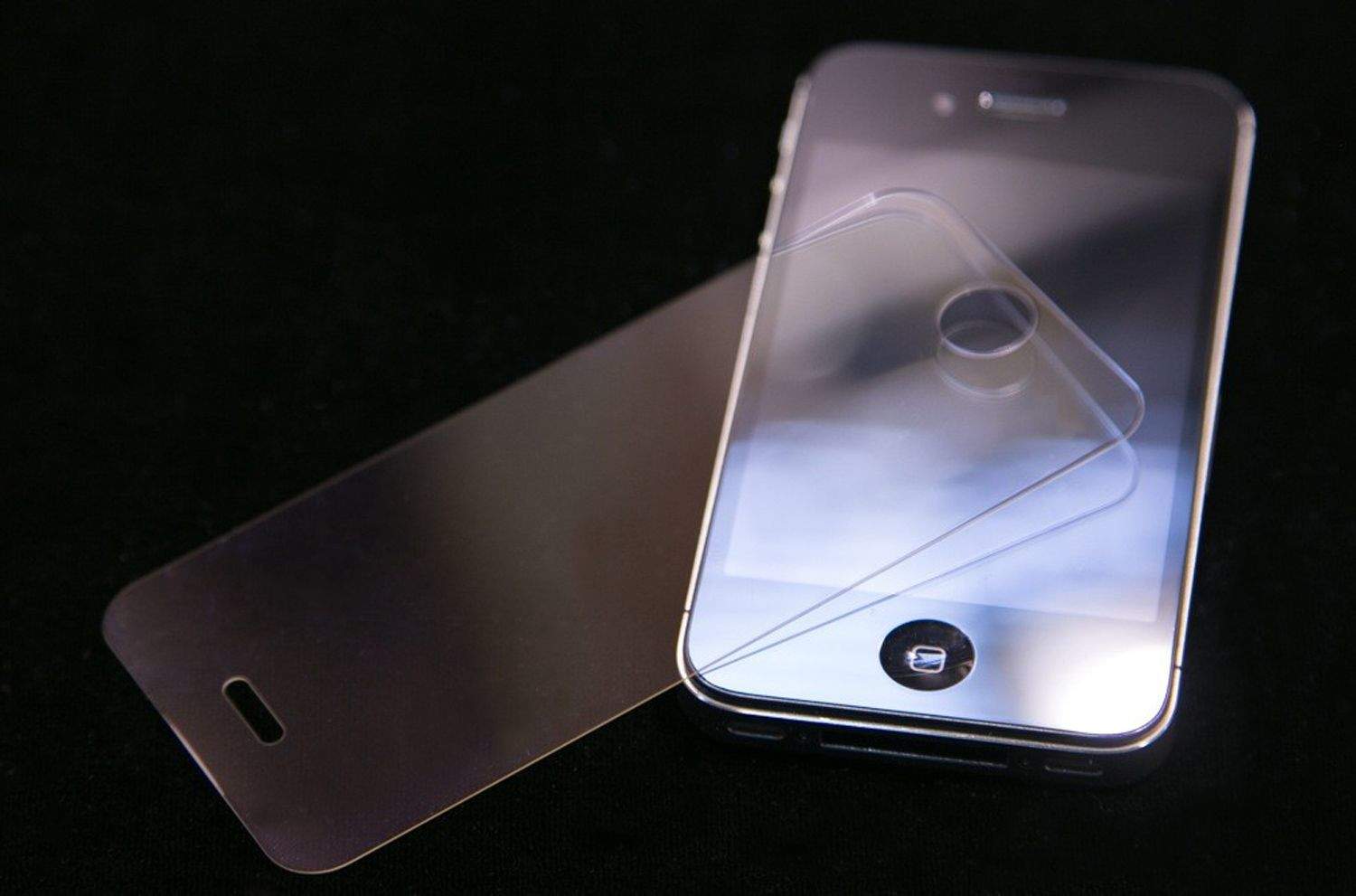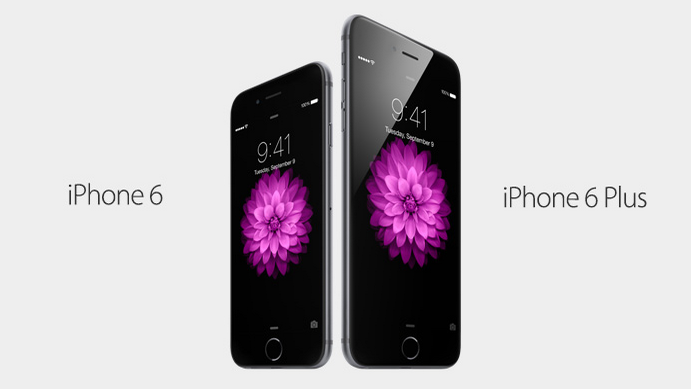In the recent years, there has been a rise in the use of sapphire glass in commercially extensive products. While the material is not new, the improvement in manufacturing and production has increased the popularity and demand of sapphire glass. It has now become almost obvious that Apple is investing heavily in the production of sapphire glass for the iPhone 6 model and other future models. While the iPhone 5 has already seen an application of the sapphire screen in its camera protective screen, the tech-giants aim to expand the use exponentially. In this article we look at the different aspects of sapphire glass, its use and the costs of replacing a traditional phone screen with sapphire glass.

Sapphire Glass: The Basic Aspects
1. Structure
While it is called sapphire glass, the structure is actually that of a single crystal of transparent sapphire. The material is created in the labs by the same process that is used for making large silicone crystals. The crystals are manufactured as large carrot shaped structures called “boules” that are then cut according to the needs and demands of application.
2. Added Properties
The reason sapphire glass has been historically popular among watch makers and is now being used as part of Apple’s phone production process is that it has a number of properties that make it not only resilient but also prized when it comes to other aspects. The added properties of sapphire glass are:
It boasts of extreme transparency between 150 nm and 550 nm. This is perfect for applications such as lenses- be they of watches, cameras or screens.
Sapphire glass is much stronger than normal glass and is as such less prone to mechanical damage of any sort.
Many of those who use lenses on a daily basis complain of scratches and other marks that are bound to appear on the surface with time. When it comes to sapphire glass, however, the chances of the lens getting scratched is minimal. This is because it is one of the most scratch resistant materials in the work. It scores a 9 on the Mohs scale with diamond coming in at a 10.
Furthermore, it is also resistant to acids and other caustic substances.
Overall, the sapphire crystal is one of the toughest substances that can be created in the laboratory. As such it is perfect not only for application in lamps and other substances, but its high scratch resilience and transparency make it perfect for being used as a phone screen.
3. Cost
If there is one serious drawback in the use and production of sapphire crystal as a mass commercial commodity, it lies in the cost. As opposed to Corning’s Gorilla Glass that is being used in most smartphones these days, the sapphire glass costs 10 times more. According to one of the tech analysts, a phone using Gorilla Glass might cost $3, whereas the same phone when made with sapphire glass would cost $30. This exponential increase in the cost of the material is also one of the reasons that many are skeptical about its use as a part of the iPhone 6 model.
Considering that replacing your iPhone screen can go up to $170 (according to iPhone Doctor) we can only know that replacing a sapphire screen will be expensive, good thing is that new screens should not brake as easy as they do now.
Moreover, the production of sapphire glass is an energy intensive process and there is usually a lot of waste in the slicing up of the boules to make the sapphire crystal segments. Overall, the process is not entirely suited for use in mass productions and this is what might make many apprehensive of Apple’s move to incorporate it as part of its newer series.
The Sapphire Crystal vs. the Current iPhone 4 Screens
The one thing that sets Apple apart from the other tech giants is their tradition of producing designs that other companies can literally not copy. As with the Macbook that apparently uses laser drills that Apple has a monopoly over, this move to incorporate sapphire glass as part of its phone series is sure to increase its brand value exponentially.
More than that, however, the use of the scratch resilient glass might be a huge relief to iPhone 4 users who often complain of a slippery back casing and very easy breakability. The use of sapphire screens, though cost intensive, is bound to be one of the most appreciated moves that the company can make especially as it guarantees a never-seen-before longevity and acts as a perfect iPhone screen replacement.
As can be seen, even with the dominant disadvantage of the cost and energy intensive process, sapphire glass is one of the toughest materials and would be a remarkable addition to the Apple family if used economically.



